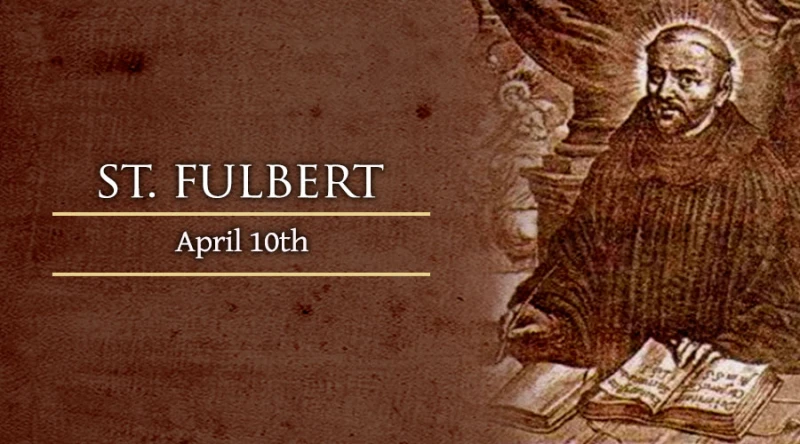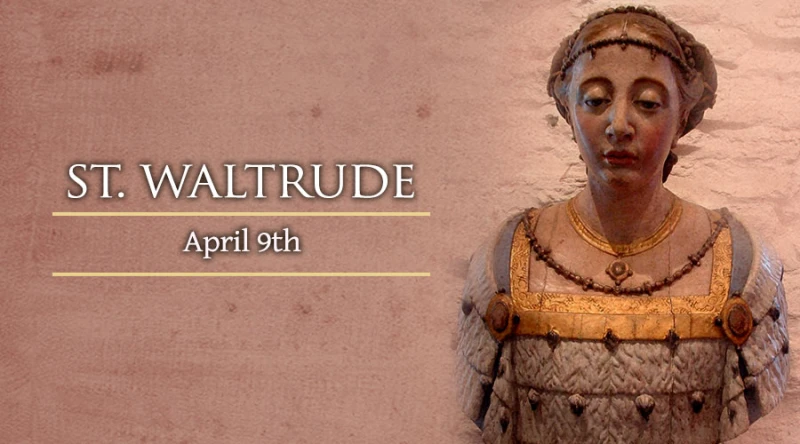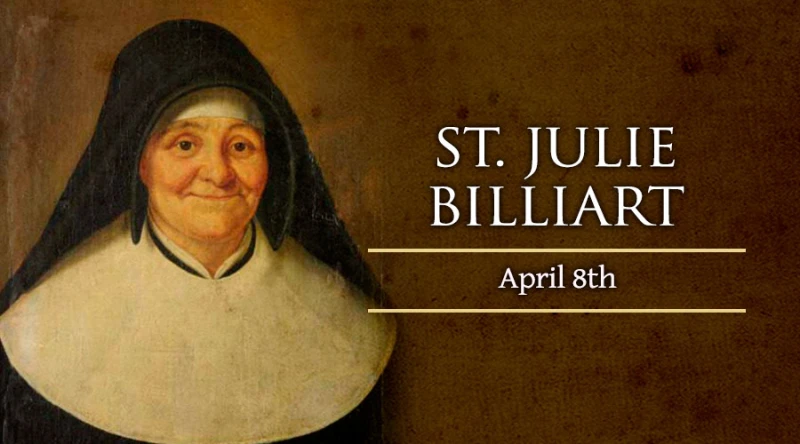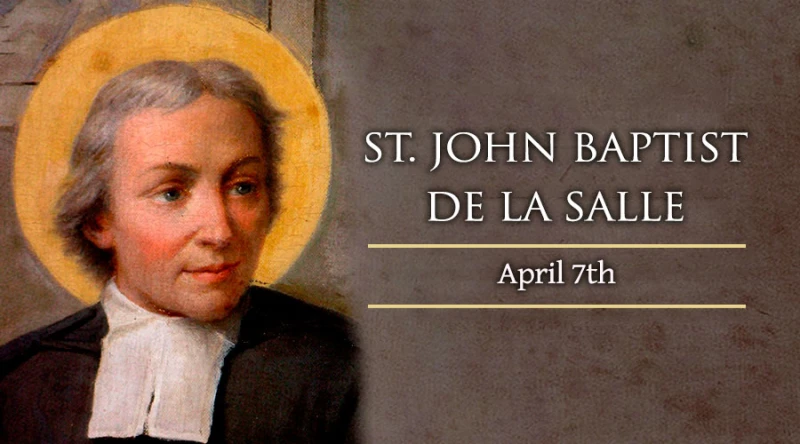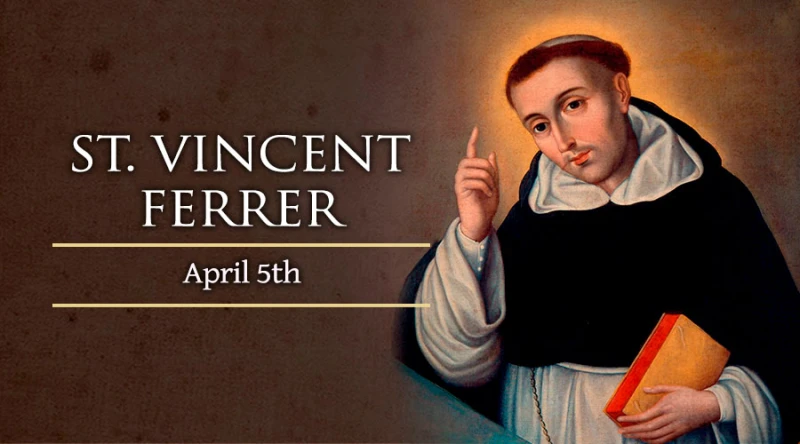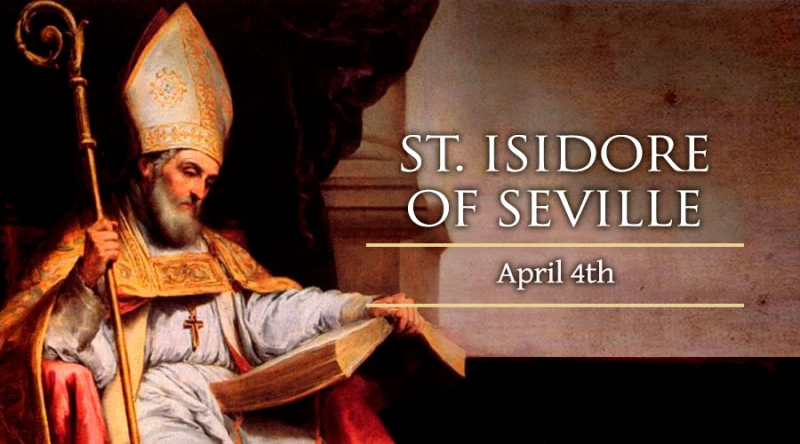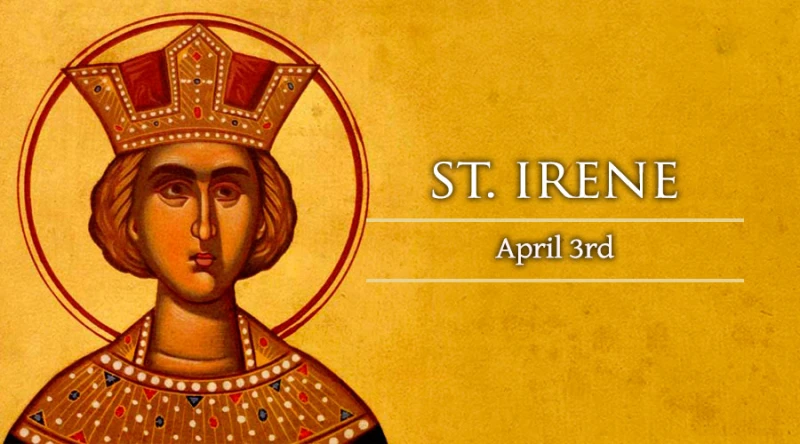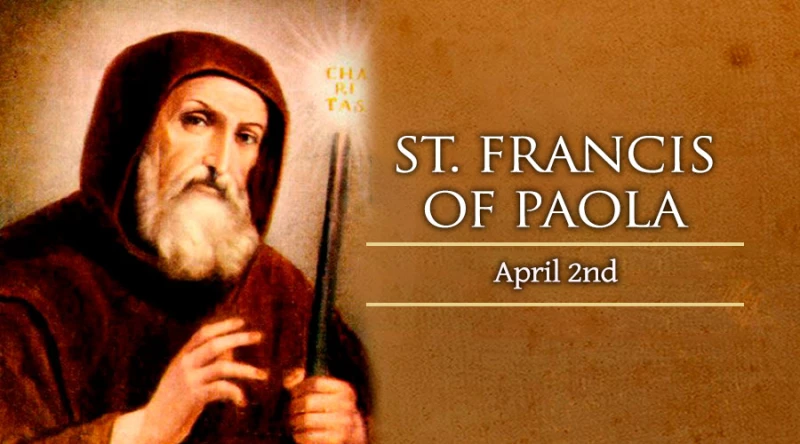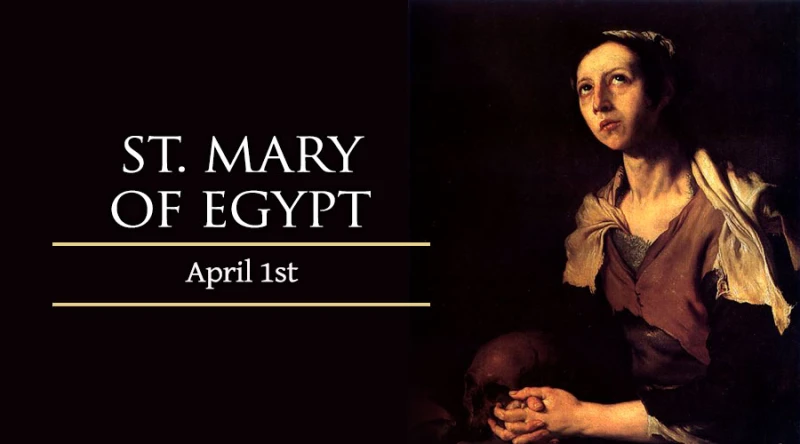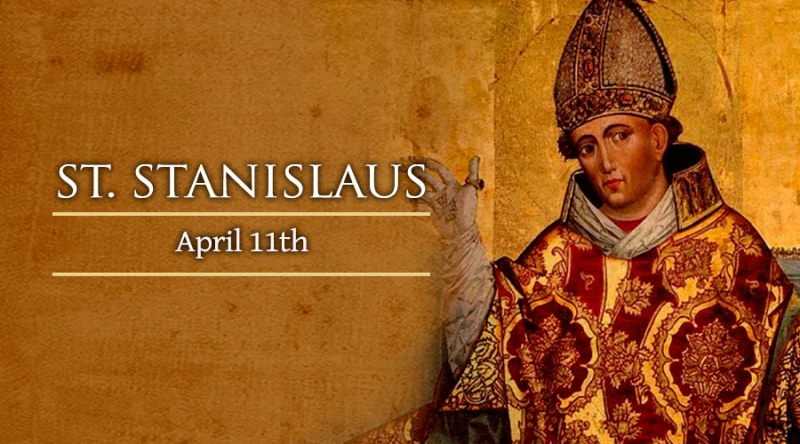
St. Stanislaus
Feast date: Apr 11
On April 11, the Catholic Church honors the memory of the 11th-century bishop and martyr St. Stanislaus of Krakow, who died for the faith at the hands of King Boleslaus II.
Canonized in 1253, St. Stanislaus is a beloved patron of the Polish nation and people. In his own country he is commemorated May 8, the date of his death in 1079.
Blessed John Paul II – who was Krakow’s archbishop in the “See of St. Stanislaus” before becoming Pope – paid tribute to him often during his pontificate. In a 2003 letter to the Polish Church, he recalled how St. Stanislaus “proclaimed faith in God to our ancestors and started in them…the saving power of the Passion and Resurrection of Jesus Christ.”
“He taught the moral order in the family based on sacramental marriage. He taught the moral order within the State, reminding even the king that in his actions he should keep in mind the unchanging Law of God.” Through St. Stanislaus, God taught the Polish Pope’s homeland to respect “the Law of God and the just rights of every person.”
Born near Krakow in July of 1030, Stanislaus Szczepanowski was the son of Belislaus and Bogna. His parents, members of the nobility, showed great zeal and charity in their practice of the Catholic faith. Their son studied for a time in his own country, and went on to learn theology and canon law in Paris. The death of his parents left him with a large inheritance, which he gave away to the poor.
After his ordination to the priesthood, Stanislaus served Church of Krakow in different pastoral and administrative posts. Following the death of the diocese’s leader, Bishop Lambert Zula, Stanislaus was chosen as his successor in 1071. He did not want the position, but obeyed Pope Alexander II’s order to accept it. Having done so, he proved to be a bold preacher of the Gospel.
This boldness brought him into conflict with Poland’s ruler, King Boleslaus II, who was becoming notorious for his violent and depraved lifestyle. After a series of disputes over his scandalous behavior and other matters, Stanislaus found no success in his efforts to reform the king.
He excommunicated the sovereign – who responded with furious anger, sending henchmen to kill the bishop. When they proved unwilling or unable to do so, Boleslaus took matters into his own hands. He ambushed Stanislaus and struck him down with a sword during his celebration of Mass.
St. Stanislaus was soon acclaimed as a martyr, while Boleslaus II lost his grip on power and left Poland. In later years the fallen monarch is said to have lived in a monastery, repenting of the murder.
